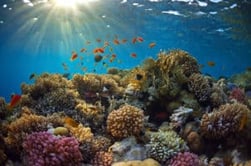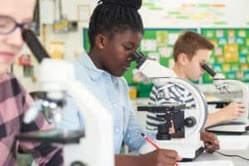Discover the 5 Science Teaching Strategies You Never Knew You Needed
Being a middle school science teacher is both an exciting and challenging role. Every day, we have the opportunity to inspire young minds and spark their curiosity. At the same time, we're faced with the responsibility of making complex concepts accessible and engaging for our students.
Teaching science concepts can be tricky, but with the right strategies, we can make learning fun and engaging for our students.
Over the years, I've experimented with various approaches and picked up some valuable insights along the way. Here are five lesser-known, but highly effective, science teaching strategies that have worked wonders in my own classroom. Trust me, you'll want to try these out!
By incorporating these strategies into your teaching, not only will you help your students develop a deeper understanding of scientific principles, but you'll also be able to foster a love for learning that will stick with them long after they leave your classroom.
Let's dive in and explore these game-changing techniques that will elevate your science teaching to the next level!
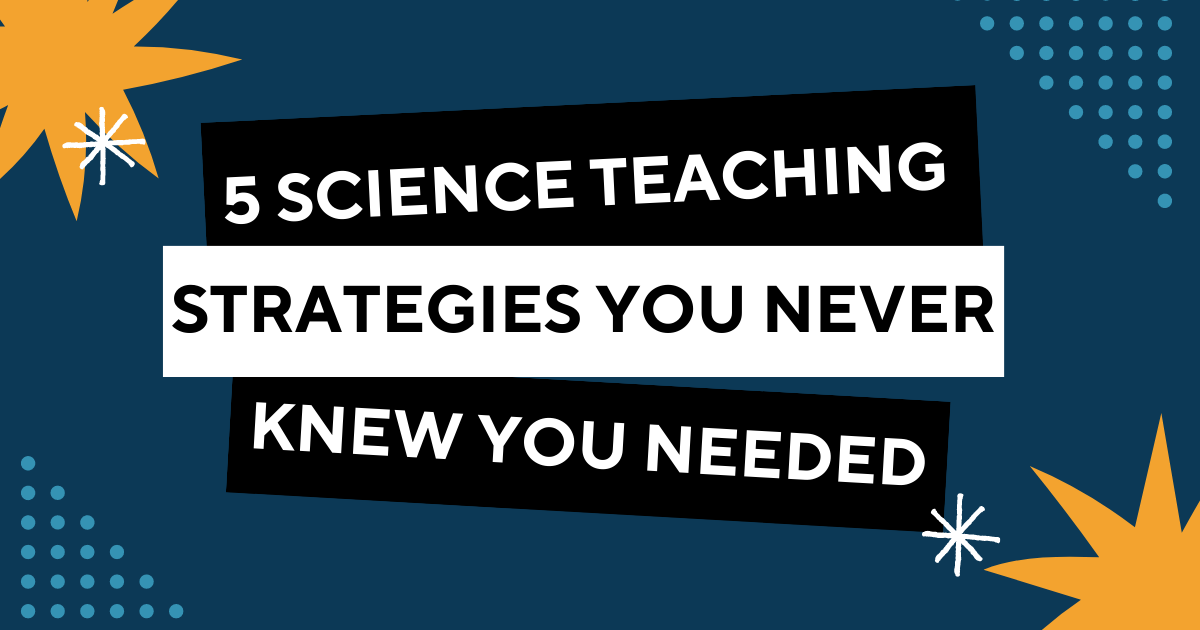
The Power of Storytelling in Science
I've always believed that storytelling is an art, but I didn't realize the full potential of this technique in science education until I started incorporating it into my lessons. The power of storytelling lies in its ability to engage students emotionally and make complex ideas more relatable and memorable.
One day, I decided to kick off a lesson on photosynthesis with a story about a tiny tree leaf, struggling to survive on a dark, crowded forest floor. As the leaf grew and reached for sunlight, it started its journey of transforming light energy into the life-sustaining chemical energy that fueled its growth. The story captured my students' attention and provided a context that made it easier for them to grasp the intricate process of photosynthesis.
You can use storytelling in your science lessons in several ways. For instance, you can share real-life stories of scientists and their discoveries, helping students understand the human side of science and the perseverance it takes to make breakthroughs.
Another approach is to create fictional narratives that illustrate scientific concepts, like the one I used for photosynthesis, which can help students better visualize and retain information.
The benefits of using storytelling as a teaching strategy are numerous. Not only does it make learning more engaging and enjoyable, but it also helps students develop critical thinking skills, as they analyze and make connections between the story elements and the science concepts being taught.
Storytelling fosters empathy and broadens students' perspectives, encouraging them to see the world through different lenses and appreciate the beauty and interconnectedness of the natural world.
Next time you plan a science lesson, consider weaving in a captivating story that will leave a lasting impact on your students!
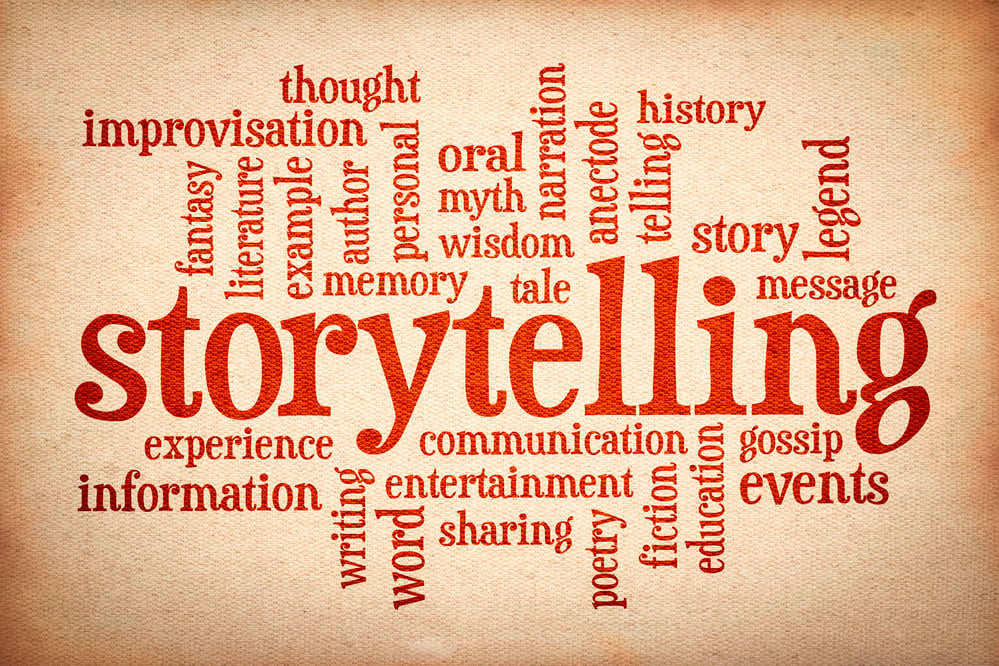
Cross-Curricular Connections: Enriching Science with Other Subjects
One of the most effective ways to deepen a student's understanding of scientific concepts is by connecting them to other subjects, such as math, language arts, and social studies. This cross-curricular approach not only reinforces learning but also provides a richer and more engaging learning experience for students.
In my teaching journey, I've discovered that many students find it easier to grasp abstract scientific concepts when they can relate them to something they're familiar with in other subjects.
For example, when teaching about the water cycle, you could connect it to math by having students calculate the average precipitation in their area or to language arts by having them write a creative story from the perspective of a water droplet.
Another project I've found success with is having students create a science-themed board game that incorporates elements from different subjects. In this activity, students could apply their knowledge of scientific concepts, incorporate math skills to create balanced gameplay, and use language arts skills to write instructions and develop storylines.
Cross-curricular connections not only make science more accessible to students but also promote critical thinking and a deeper understanding of scientific concepts.
By tying science to other subjects, students can see the relevance and interconnectedness of the knowledge they're acquiring, which ultimately leads to a more meaningful and engaging learning experience.

Emphasizing the Process, Not Just the Results
One lesson I learned early on in my teaching career is the importance of emphasizing the scientific process, rather than solely focusing on the end results. This shift in mindset can have a profound impact on your students' learning experience, fostering curiosity, critical thinking, and resilience.
To integrate this mindset into your science lessons, start by introducing your students to the various steps of the scientific method, such as asking questions, forming hypotheses, conducting experiments, analyzing data, and drawing conclusions.
Encourage them to understand that the journey of discovery is just as important as the final answer.
For example, when conducting a lab experiment, give students the opportunity to design their own procedure or modify existing ones. This will help them understand that there's often more than one way to approach a problem.
Encourage them to discuss their thought process and the choices they made during the experiment, rather than solely focusing on whether their hypothesis was proven correct.
When discussing scientific discoveries, be sure to highlight the process of trial and error that scientists go through before reaching their conclusions. This can help students see that failure and setbacks are a natural part of the learning process and can lead to valuable insights.
By emphasizing the process over the results, you'll help your students develop a growth mindset, which will not only improve their understanding of science concepts, but also encourage a lifelong love for learning and exploration.

Using Analogies and Metaphors
As a former science teacher, I've seen firsthand how using analogies and metaphors can help simplify complex science concepts for middle school students. These tools allow students to relate abstract ideas to more familiar concepts, making it easier for them to grasp and retain the information.
One example I like to use is comparing the structure of an atom to a solar system. In this analogy, the nucleus of the atom represents the sun, while the electrons orbiting around it are like the planets. This helps students visualize the atomic structure and understand how electrons move in relation to the nucleus.
Another example is explaining the process of photosynthesis by comparing it to a restaurant. In this metaphor, the plant is the restaurant, sunlight is the ingredients, and chlorophyll is the chef that combines the ingredients to create food (glucose) for the plant.
Using analogies and metaphors has several benefits for your students. Firstly, it can make abstract concepts more accessible and relatable, which can help students feel more confident in their understanding.
Secondly, it encourages them to think creatively and critically about the subject matter, as they actively engage in drawing connections between seemingly unrelated concepts.
When using analogies and metaphors in your teaching, be sure to choose examples that are relevant and meaningful to your students' experiences. Keep in mind that no analogy or metaphor is perfect, so it's essential to discuss the limitations and encourage students to ask questions and explore further.
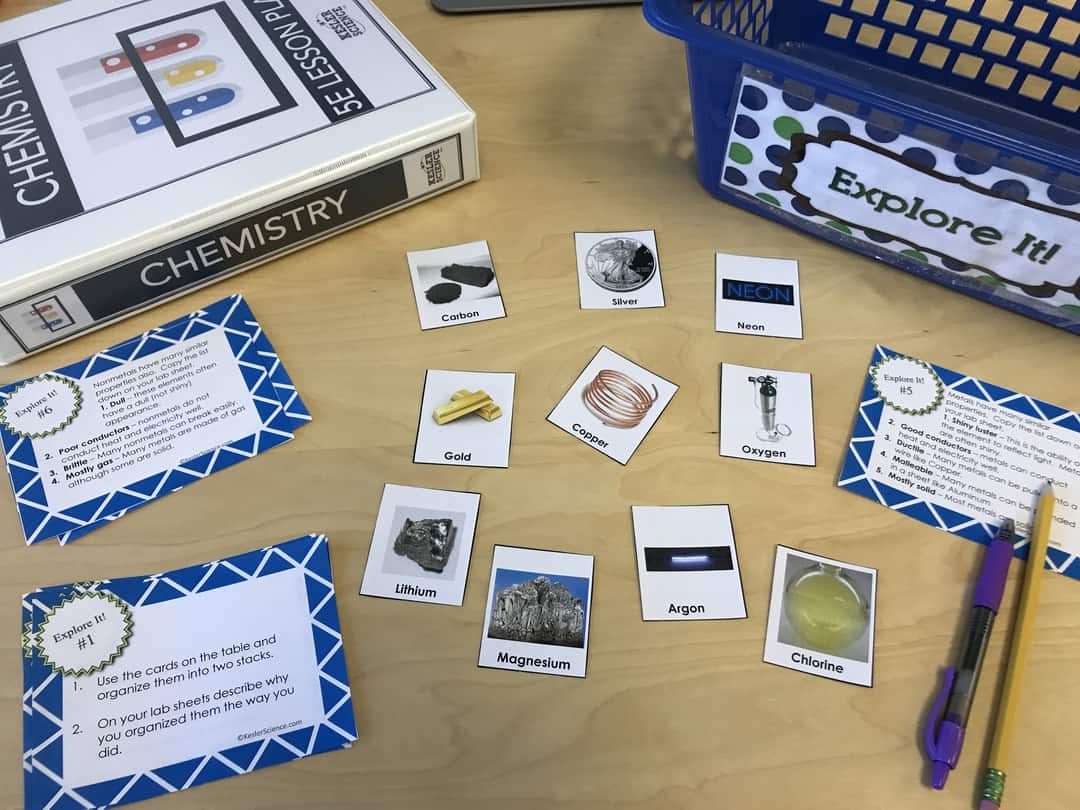
Student-Centered and Inquiry-Based Learning
Student-centered and inquiry-based learning are essential strategies in science education that promote a more engaging and effective learning experience.
These approaches shift the focus from teacher-led instruction to active participation by the students, allowing them to take ownership of their learning and develop essential skills such as critical thinking, problem-solving, and collaboration.
To implement student-centered and inquiry-based learning in your science classroom, consider the following tips:
- Encourage questions and curiosity: Create a safe environment where students feel comfortable asking questions and expressing their ideas. Encourage them to explore their curiosity, and guide them in finding answers through investigation and experimentation.
- Incorporate hands-on activities: Design lessons that involve hands-on activities and real-world applications, giving students the opportunity to experience scientific concepts firsthand. This approach helps students to better understand and retain the information, and fosters a love for learning.
- Provide opportunities for collaboration: Encourage students to work together on projects, discussions, and experiments. This not only builds teamwork and communication skills but also exposes students to different perspectives and ways of thinking.
- Facilitate guided discovery: Rather than providing direct answers, guide students to discover the answers themselves through questioning, experimentation, and exploration. This approach helps them develop critical thinking skills and a deeper understanding of scientific concepts.
- Offer choices and flexibility: Allow students to choose topics or projects that interest them, and provide flexibility in how they demonstrate their learning. This personalized approach increases motivation and fosters a sense of ownership and responsibility for their education.
By implementing student-centered and inquiry-based learning strategies in your science classroom, you are empowering your students to take charge of their learning and fostering a lifelong love for scientific exploration.
This approach not only leads to a deeper understanding of the subject matter but also helps students develop essential skills that will serve them well beyond the classroom.
Let’s wrap it up
We've explored five powerful science teaching strategies that can transform your middle school classroom and help your students excel in their scientific pursuits. To recap, these strategies include:
- The Power of Storytelling in Science
- Cross-Curricular Connections
- Emphasizing the Process, Not Just the Results
- Using Analogies and Metaphors
- Student-Centered and Inquiry-Based Learning
By implementing these strategies in your own classroom, you can create a more engaging and effective learning environment that fosters curiosity, critical thinking, and a love for science.
So, why not give these strategies a try and see the difference they can make in your student's learning experience?
As a science teacher, you have the unique opportunity to inspire the next generation of scientists and innovators. By employing these effective teaching strategies, you'll be well on your way to helping your students reach their full potential and develop a lifelong passion for science.
Download Over $100 in FREE Resources
For Middle School Science
Simply create a login below and gain immediate access to a selection of our Kesler Science product line worth $100 - for FREE. There's a full version of every product type! You'll also join tens of thousands of middle school science teachers who receive timely tips and strategies straight to their inbox.

